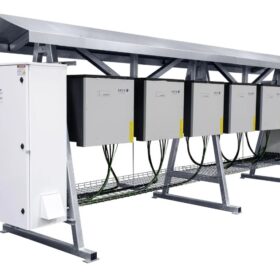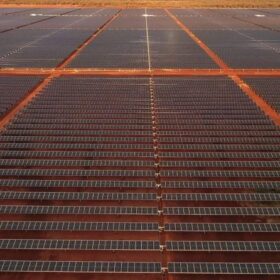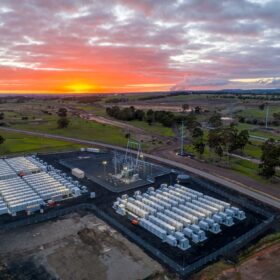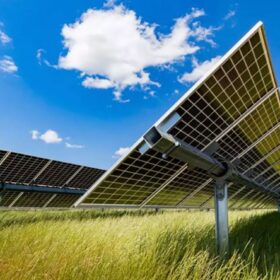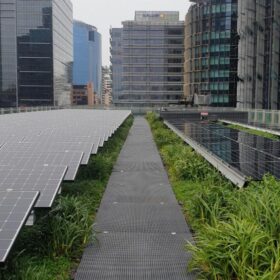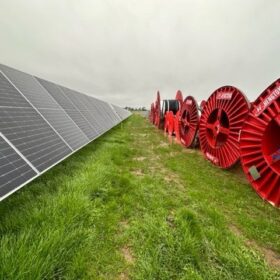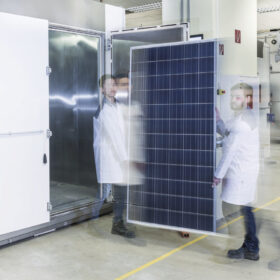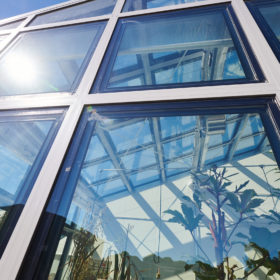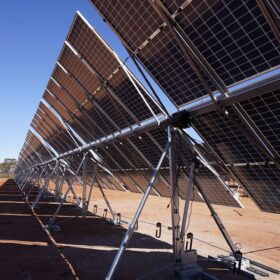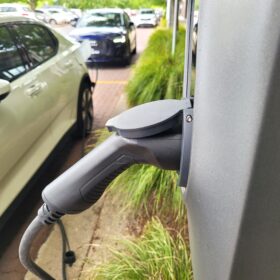Siemens to open US utility-scale solar inverter factory
Global engineering and technology company Siemens plans to set up an 800 MW utility-scale inverter factory in the United States. The facility will focus on the production of string inverters.
APA to acquire Alinta’s Pilbara assets in $1.7 billion deal
Australian gas infrastructure major APA Group has announced it will purchase Chinese-owned utility Alinta Energy’s remote power assets in Western Australia’s Pilbara region in a deal worth more than $1.7 billion (USD 1.1 billion) as it seeks to reduce its exposure to fossil fuels.
Big batteries reach new high as generation investment slows
Quarterly investment in large-scale energy storage projects has broken through the billion-dollar barrier for the first time but the Clean Energy Council has cautioned that a slowdown in generation projects means Australia is a long way off the pace necessary to achieve the 82% national renewable energy target by 2030.
Genesis secures NZ sites for 400 MW of solar
Genesis Energy’s ambition to become New Zealand’s largest solar generator has gained momentum with the company announcing sites for three new projects with a combined 400 MW of renewable electricity capacity.
Study shows biosolar rooftop system benefits power output
A group of Australian researchers say they have confirmed the benefits of combining rooftop solar installations with ‘green’ roofs with new research showing the combination increased solar generation by as much as 107% during peak periods.
Cimic subsidiary snaps up 250 MW Queensland solar project
Cimic Group subsidiary Pacific Partnerships has added a second large-scale solar project to its portfolio having purchased the development rights for the 250 MW Hopeland Solar Farm planned for southwest Queensland.
China plans recycling system for wind turbines, solar panels
China will introduce technical standards and policies for the wind and solar industries to recycle their decommissioned equipment by 2030.
AGL to add more microgrids for farming operations in the NSW Riverina
Australian Farmland Services and AGL Energy are partnering on two additional microgrids for almond farms, including a substantial solar generation plan, and cut CO2 emissions by an estimated 10,900 tonnes over the course of a 20-year PPA.
ClearVue releases results from first long-term study of clear solar glass
Perth-based ClearVue is making significant strides as its transparent solar windows demonstrate tangible outcomes following a two-year study and published paper.
Cambridge completes Australian first install of modular solar solution
Prefabricated solar that integrates single-axis tracking technology has been deployed in Australia for the first time with United Kingdom-headquartered Cambridge Energy announcing a 2.3 MW system has been successfully installed at a mine site in Western Australia.
